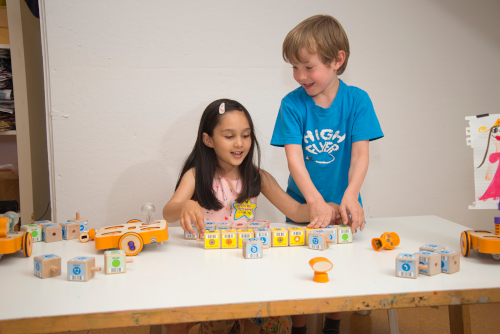
In response to the COVID-19 pandemic, school districts across the country have seen an influx of funding for student devices, internet access, and a variety of edtech tools. While equity of access is still a challenge in many communities, this new funding has advanced a unique opportunity for schools to create pathways to computer science education, overcoming some of the challenges that made it inaccessible to many students in the past.
When combined with many states’ adopting new computer science standards, the pandemic has the potential to accelerate K-12 computer science education across the country. Some schools will find it difficult to fit new computer science into an already busy daily schedule.
But there’s a fix! Educators across the country are working on curriculum to integrate computer science into core content areas, alleviating the problem of where to fit a new computer science course into the busy school day. Computer science education is also being used as a tool for gauging social emotional learning. When computing devices become available to all students, it becomes equally important for districts to have a plan for the types of programming environments and platforms students will use as they build CS skills across the grades. Computer science is quickly becoming another tool, like the pencil and paper, that students use to express themselves and to demonstrate mastery of content in unique ways. Here’s where I see these trends going in the new year.
Computer science education will be integrated into the core curriculum.
The move toward 1:1 computers for students has been underway for years, but the pandemic greatly accelerated the trend. Since the school closures that occurred in spring of 2020, many school districts have not only provided students with devices, but also hotspots and other tools to connect to the internet from home.
Giving every student a computer has streamlined the process for providing computer science lessons because there’s no need to schedule time in the school’s only computer lab or to check out devices from a shared computer cart. This practical change has made it easier to incorporate computer science lessons into core subjects taught across the day, like math and language arts.

